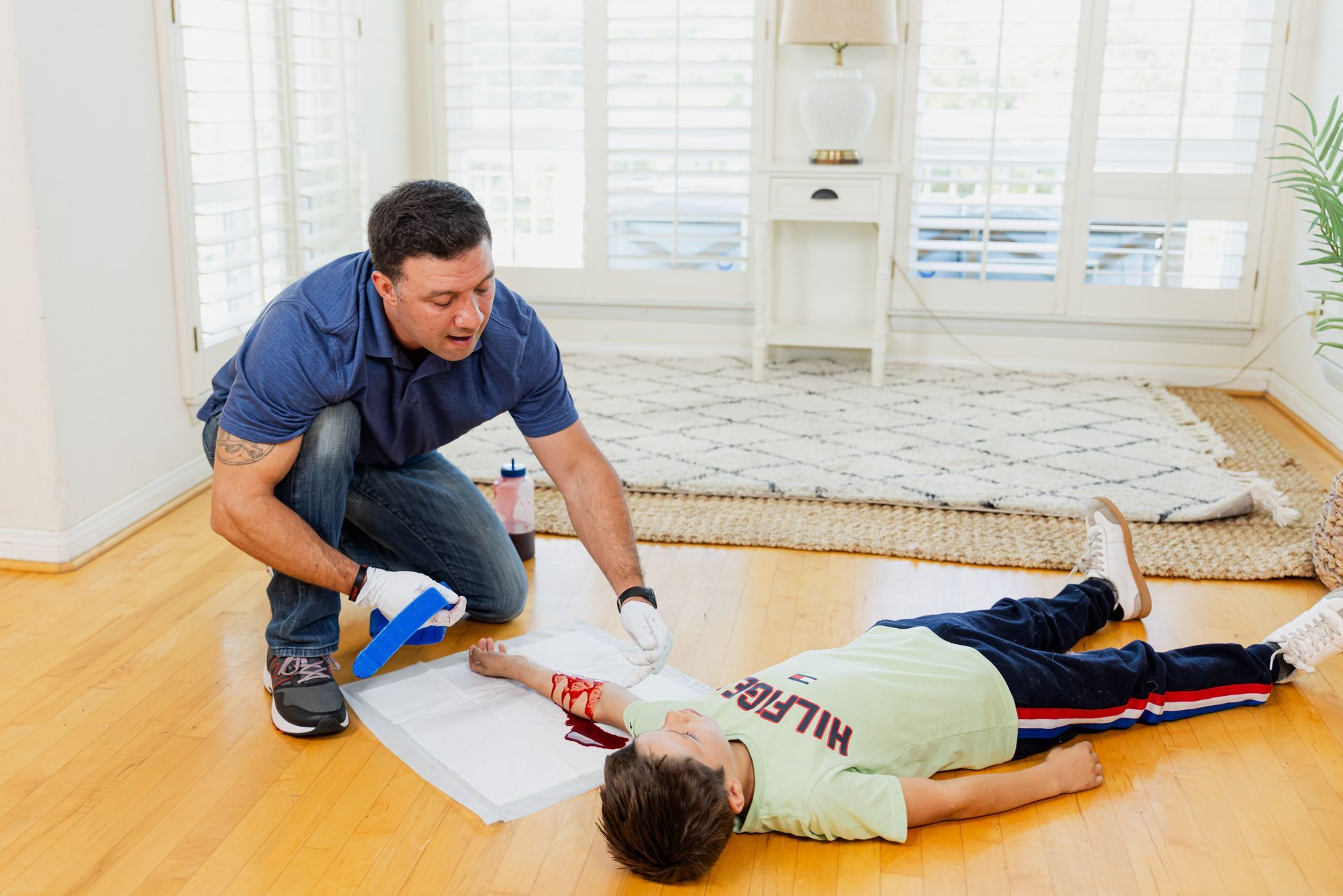Why Formal Training Courses Are the Best Way to Learn Crucial Safety Skills
When it comes to safety, there’s no room for guesswork. Emergencies require quick thinking, decisive action, and a clear understanding of what to do. While many people rely on instinct or online resources, there’s no substitute for the hands-on experience and expert guidance provided by formal training courses.
Here’s why enrolling in a professional safety course is the best way to gain the crucial knowledge and skills to handle emergencies effectively.
1. Hands-On Practice Builds Real Confidence
Reading a guide or watching a video about CPR or trauma response might give you a basic understanding, but it doesn’t compare to practicing these skills in a real-life setting. Formal training courses provide hands-on experience with high-quality equipment and simulated scenarios, ensuring you’re ready to act when it matters most.
Practicing under the supervision of experienced instructors allows you to correct mistakes, ask questions, and gain confidence in your abilities.
2. Expert Instructors Offer Invaluable Insights
Safety courses are taught by certified professionals who bring years of experience to the table. These experts share practical tips, debunk common myths, and provide clear instructions that go beyond what you’d find in a typical online search.
Their firsthand knowledge of emergency situations ensures that you’re learning techniques that are both effective and up-to-date with the latest safety standards.
3. Learn How to Use Specialized Tools
From tourniquets to Automated External Defibrillators (AEDs), many lifesaving tools require proper training to use effectively. A formal course teaches you not only how to use these tools but also when they’re appropriate and how to avoid common mistakes.
For example:
- Applying a tourniquet incorrectly can cause further harm.
- Using an AED without understanding the prompts might delay life-saving shocks.
Knowing how to handle these tools confidently could make all the difference in an emergency.
4. Structured Learning Covers All the Essentials
One of the key benefits of a formal course is its structured approach. You won’t miss important details or overlook critical steps because the curriculum is designed to ensure comprehensive learning.
Courses often include:
- Step-by-step instruction on techniques like CPR or wound packing.
- Practice scenarios to simulate real-life emergencies.
- Detailed information about assessing situations and prioritizing actions.
This structured environment ensures you walk away with a thorough understanding of how to handle emergencies.
5. Certification Provides Credibility
Many formal safety courses offer certification upon completion, which is more than just a piece of paper. Certification demonstrates that you’ve met a recognized standard of training, making you a trusted resource in your community, workplace, or family.
Whether you’re a teacher, coach, or simply someone who wants to be prepared, a certification can give others confidence in your ability to respond during emergencies.
6. Lifelong Skills for Any Situation
The skills you learn in a formal training course don’t just apply to one specific scenario—they prepare you for a wide range of emergencies. From performing CPR on a family member to controlling bleeding after an accident, the knowledge you gain becomes a valuable, lifelong asset.
Why Wait? Start Learning Today
Emergencies don’t wait, and neither should you. Signing up for a formal training course is an investment in your ability to make a difference when seconds count.
Whether it’s a CPR certification course, trauma kit training, or a first aid class, each session equips you with the tools and knowledge to save lives. Don’t rely on guesswork or outdated information—choose a formal course and gain the confidence to act swiftly and effectively in any emergency.
Be prepared. Be confident. Be the person who makes a difference.


Be Prepared for Anything
Being prepared for anything starts with the right combination of knowledge and tools. By taking lifesaving courses and equipping yourself with emergency kits, you can confidently respond to unexpected situations and protect those around you.

